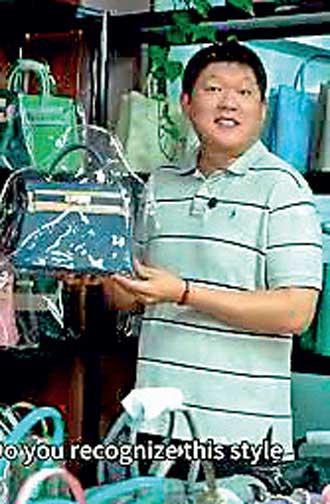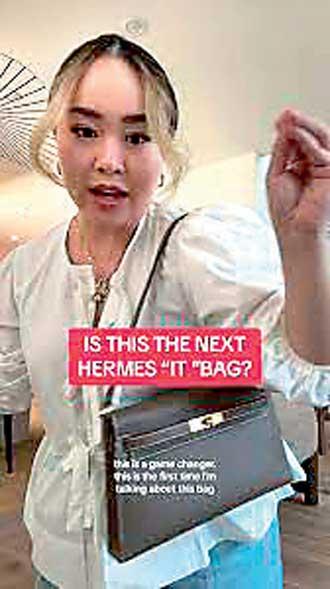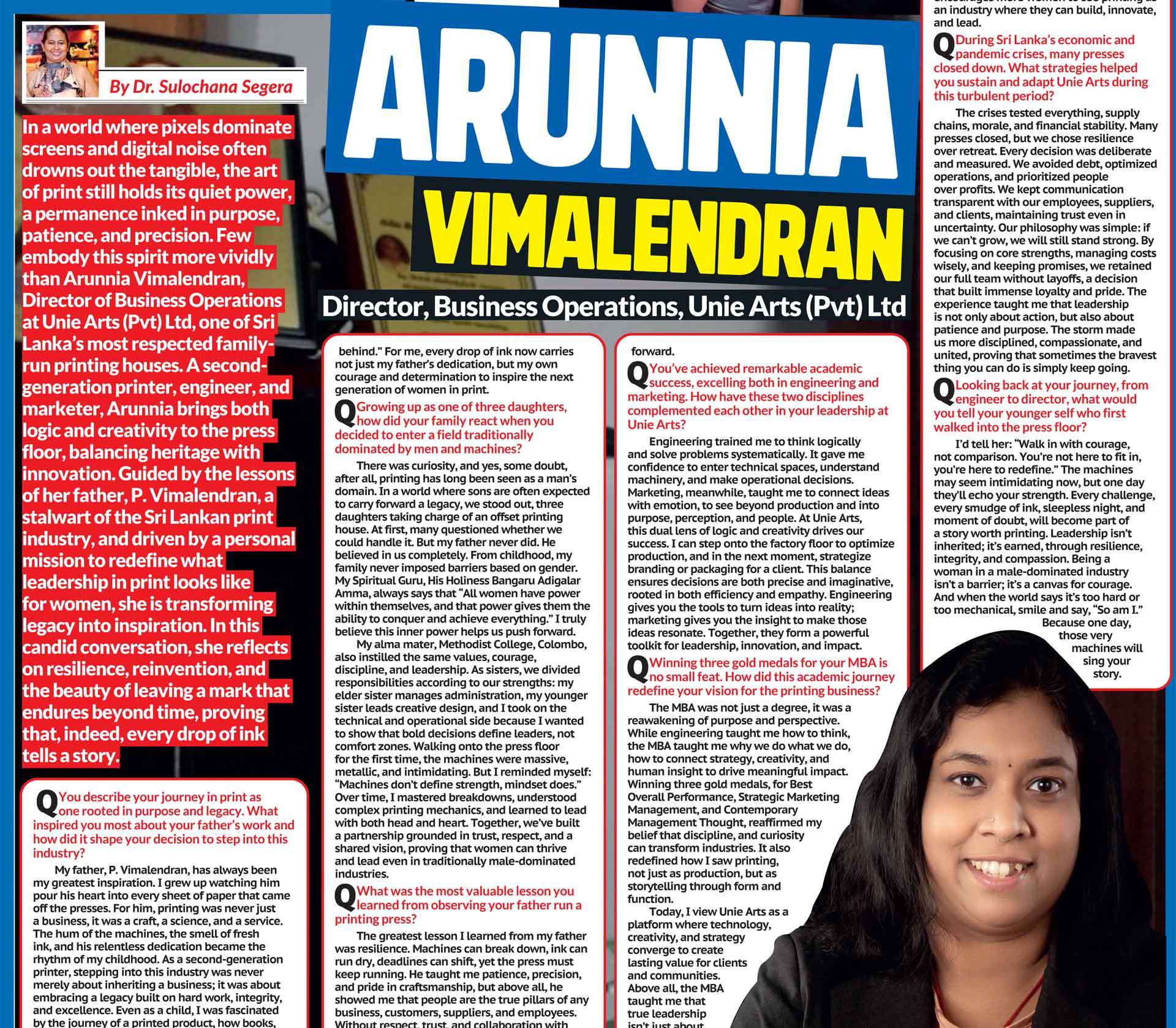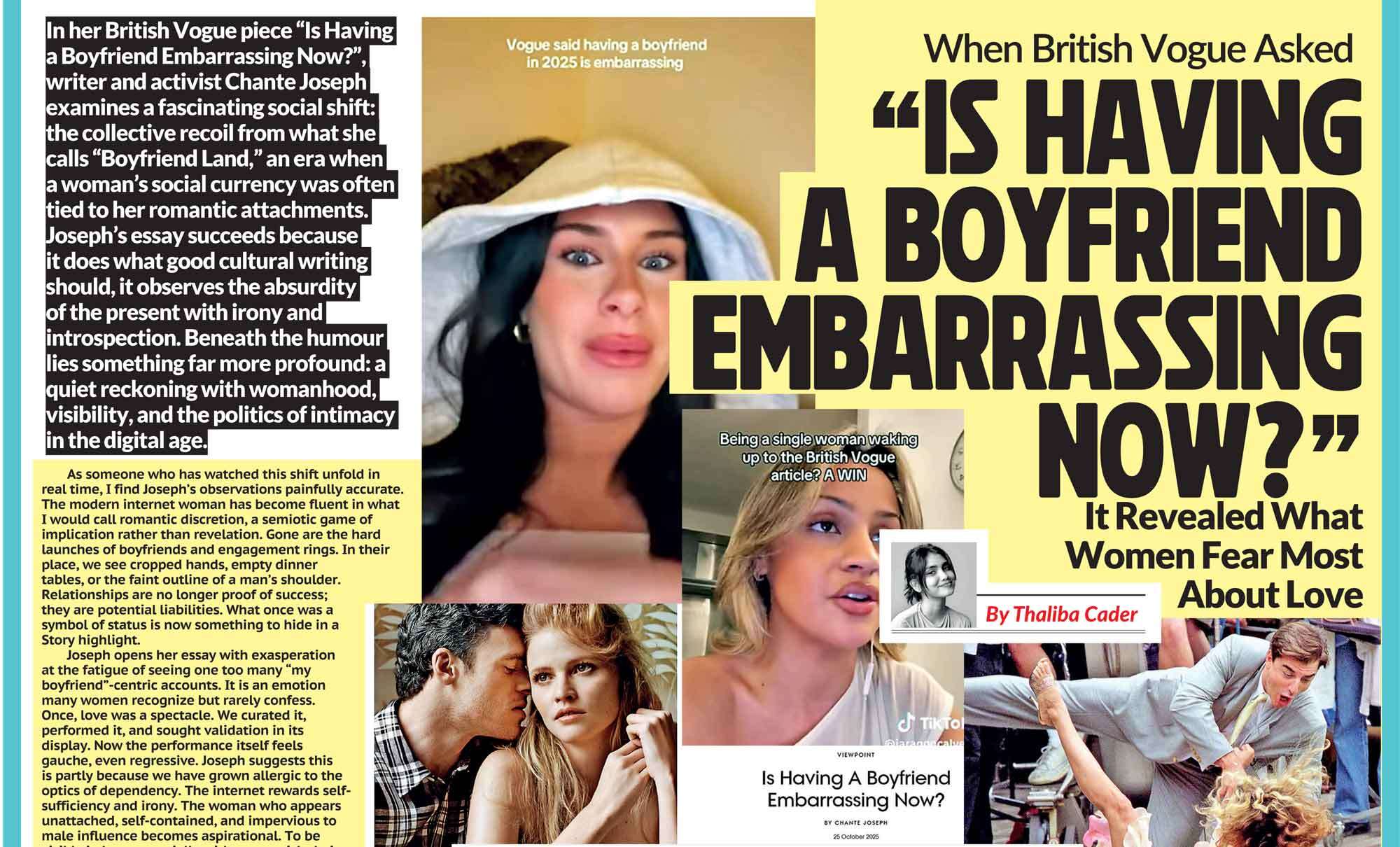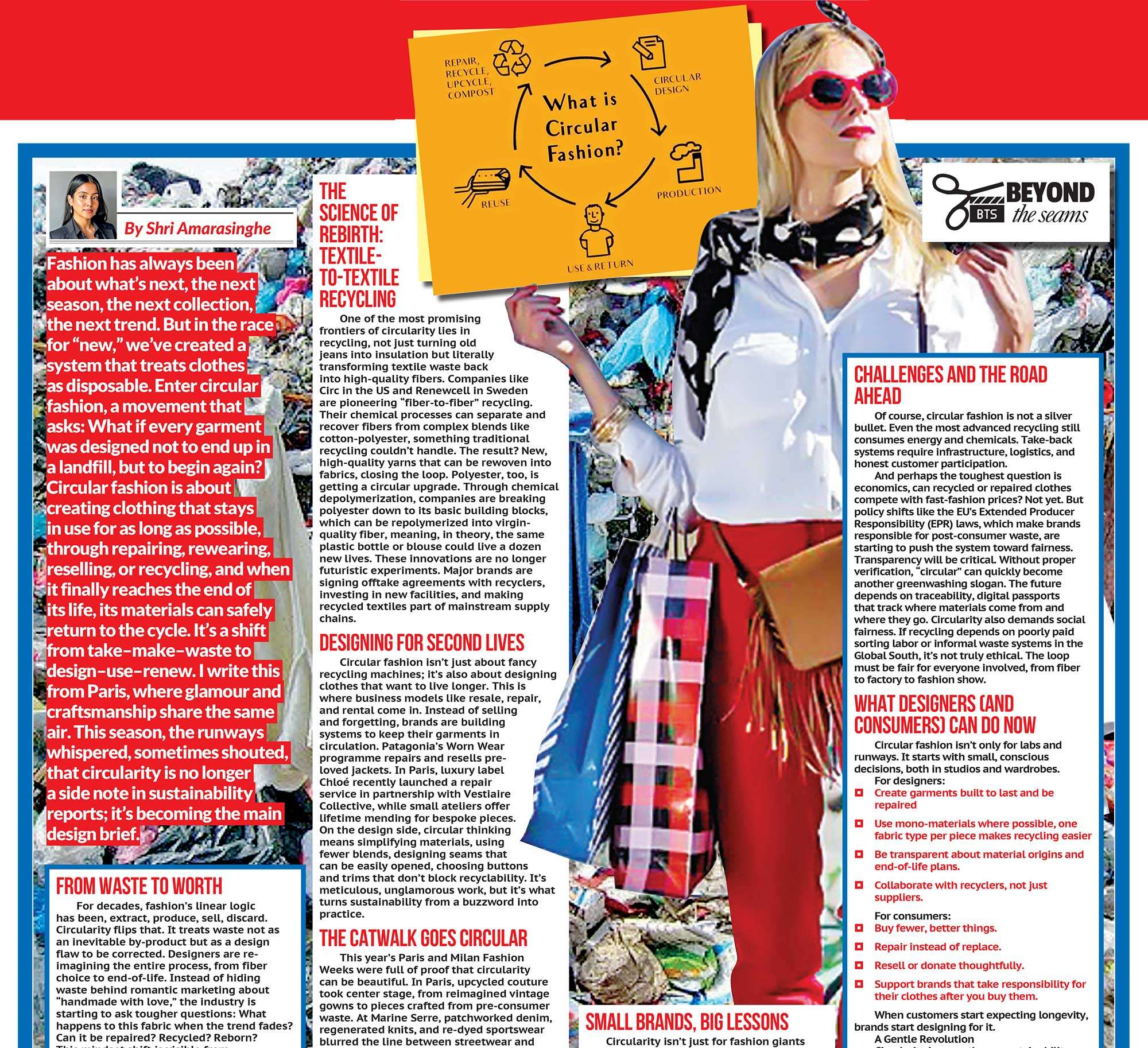
By Zara Mandviwalla Akbarally

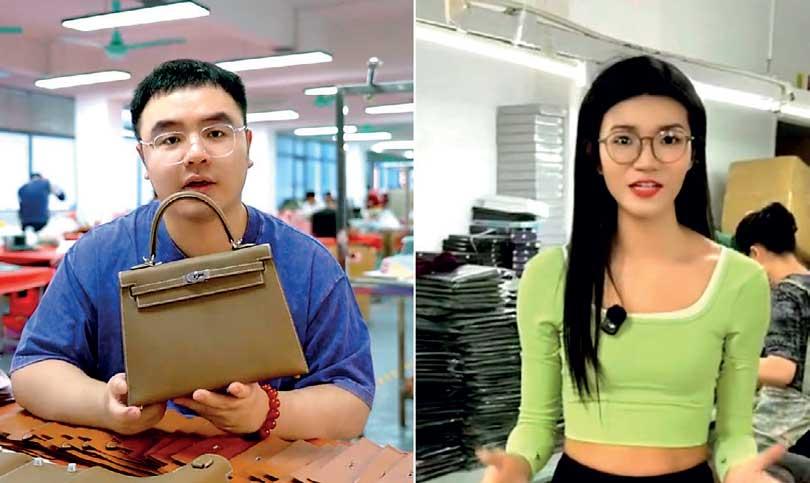
China joined the World Trade Organization (WTO)in 2001 and is therefore bound by the TRIPS Agreement.
This does not appear to be just commercial disruption but a challenge to the very foundation of global intellectual property (IP) systems as it were
|
|
“China exposes the luxury brand industry!” “China legalizes counterfeit goods!”all over my TikTok feed! Is this true? Are they really producing 80% of luxury and lifestyle goods, that too at costs that are nowhere near to what they retail for? Are the Chinese factories single handedly killing luxury brands?
Exposing production processes on TikTok
Chinese manufacturers are now claiming via TikTok that they are the original producers for major Western brands, and are now telling their consumers that they are selling the same or nearly identical products directly to consumers via platforms like TikTok, Alibaba, and Temu. They are essentially cutting out the middleman i.e. the brands, retailers, and distributors, offering goods at fractional prices, often without branding to avoid trademark liability. China isn’t just lifting the lid on pricing. It’s challenging the global hierarchy of who gets credit, who gets paid, and who defines value. The guy touching the product is no longer just making it, he’s selling it.
China legally bound by key treaties which are obsolete?
This does not appear to be just commercial disruption but a challenge to the very foundation of global intellectual property (IP) systems as it were. Although China has ratified key treaties like the Berne Convention, TRIPS, the Paris Convention, and the Hague Agreement (2021) which allows global design registration through the World Intellectual Property Organization- WIPO, enforcement depends on domestic courts. Brands must still register their designs in China to gain protection under local law. While, WIPO gives brands the tools to protect their IP by registering it across multiple countries, it does not give them power to enforce it.That power lies with national legal systems and unless China fully aligns enforcement with global expectations, brands remain vulnerable to unbranded duplication and factory-to-consumer sales. WIPO registers rights, but does not police infringement and cannot fine, arrest, or shut down sellers. WTO and WIPO have no strong enforcement mechanisms, but then again there is no global enforcement body to penalise a country for weak domestic enforcement.
China joined the World Trade Organization (WTO) in 2001 and is therefore bound by the TRIPS Agreement. However, if a foreign brand’s trademark or design is not registered in China, that foreign brand can not claim TRIPS protection in China. TRIPS does not guarantee protection for unregistered IP, registration is still required locally and foreign brands or designers cannot file directly, instead they must lobby their government to do so on their behalf. Such disputes are rare, slow, diplomatically sensitive and are rarely pursed. Similarly, the Hague Agreement protects industrial designs if the brand includes China in the international application.
While the Chinese sellers/manufacturers are offering free delivery worldwide on TikTok and other e-commerce platforms, they are shielding themselves under local law and domestic platform protection. The burden of proof lies with the foreign brands to chase infringement, prove harm, and navigate foreign courts which is expensive and time consuming.
Without strong, reliable enforcement at the national level, in this case, inside China, global IP treaties are just a framework and do not guarantee recovery or enforcement. In this context foreign brands are caught in a legal dead zone unless they have registered their IP in China and enforced it via Chinese courts.
The Intellectual Property Grey Zone
The global IP framework was designed for brands controlling their own production. Now, with outsourced manufacturing, e-commerce, and direct-from-factory sales, traditional IP enforcement is becoming obsolete.Most of these treaties were drafted way before mass outsourcing, social media commerce, and direct-from-factory supply chains. The Chinese factories are no longer passive, they have become proactive, where we have seen a kind of reverse-engineering, prototyping, producing directly, responding in real-time to consumer trends via TikTok.These factories have become public storytellers, not just silent suppliers. There has been a fragmentation between designer, producer, and seller. IP systems were built to protect the thinker, not the maker. But if the maker is thinking too, and doing it faster and cheaper; who really owns the innovation? The legal waters become murky here and the current legal system is not built to answer this question clearly.
Western companies have long operated under the belief that IP law protects their value chain. The current IP laws cannot fully protect brand equity in a world where manufacturing is globalised and decentralised. For decades, the global model has worked in a manner where it was believed that innovation happens in the West and manufacturing happens in the East, but now, China is flipping the script. In many cases, the “guy touching the product” such as the the machinist, the line manager, the material specialist, is closer to the innovation and transformation than the creative director sitting 8,000 miles away. If innovation lies in that transformation, then maybe IP law needs to transform too.
Do the rules even matter?
What China is doing isn’t just breaking the rules, it’s showing that the rules may no longer matter unless the world rewrites them. Brand value and IP protection are becoming fragile unless registered and defended jurisdiction by jurisdiction. IP laws, as they stand today, are being exposed as outdated and unevenly enforced. Global treaties must evolve, or risk becoming irrelevant!
China isn’t just retaliating with tariffs, it’s retaliating with transparency. China cannot legally "opt out" of its international IP obligations, even if domestic policies or political rhetoric suggest a tolerance or legalisation of counterfeit products. They are only suggesting that enforcement will become more selective, politically motivated, and harder for foreign brands unless they take proactive legal steps such as registering their IP rights directly in China, signing strong legal contracts with their manufacturers which are enforceable under Chinese law, otherwise all the treaties they are part of offer little or no practical protection.
Enforcing Honest Origin
“We make 80% of your luxury bag; cutting, stitching, lining. All that happens in China. The brand only adds a logo and packaging in Europe. So why pay 10x more?” claim the Chinese manufacturers.
These Chinese factories appear to be innovating and selling faster than the law can respond and TikTok and Temu offer minimal proactive enforcement, especially for unregistered designs or lookalikes. According to the Origine France Garantie standard, a product can be certified as “Origine France Garantie” if the product’s essential characteristics are obtained in France and at least 50% of the unit cost price is incurred in France. This is an issue in today’s world because if most of the work is done for example in China and only final stitching or branding is done in France, it technically meets EU standards, but this feels misleading for the consumers. Furthermore, under the EU Regulation 952/2013 (Union Customs Code), a product’s country of originis determined by where it undergoes its ‘last substantial transformation’. In this respect, in today’s market where a zipper or final stitching may be done in Europe on a handbag but where 80% of cost and craftsmanship happened in Asia, this creates loopholes for brands to maintain brand prestige, while outsourcing most of the work.
Why Honest Labels Need a Legal Makeover
Treaties like TRIPS and WIPO-administered agreements should be updated to require member countries to regulate platform-based infringement and global treaties should incorporate clauses for cross-border enforcement cooperation where if one country’s court issues an IP injunction, platforms must comply globally. Factories deserve co-ownership or recognition in some cases of production of these lifestyle and luxury goods and IP laws must better reflect collaborative design pipelines by creating a "collaborative design" registration class in IP ownership. Reforms of WTO and WIPO treaties are required to define “country of origin” in a global supply chain moving beyond geography to a value creation model. Consumers rely on oversimplified “Made in X” labels but it may be beneficial to create mandatory “Product Origin Disclosure” labels, similar to food labels showing % value from each country. The Hague Agreement on industrial designs needs to be updated as well to recognise trade dress and product configuration as protectable, even without logos allowing enforcement based on visual deception and not just on logo misuse.
Consumers are now seeing the “billion-dollar illusion” of luxury laid bare on TikTok. Even though the top-tier luxury brands may still manufacture their bags in France or Italy, lower-tier "luxury" brands, or conglomerate-owned diffusion lines, may be outsourcing substantial parts to China. Geographical indication treaties and labeling standards need to be reformulated to require supply chain transparency, or honest “country of origin” disclosures that reflect actual value creation. Today the factories have a voice, the platform is the store front, and the consumer is the enforcerso if brands want to defend their value, they must pair strong IP with transparent supply chains, trustworthy certifications, and proactive communication, because platforms like TikTok have changed who gets to tell the story.

